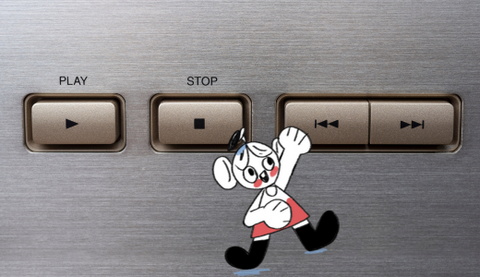So, the monumental task of recording the meeting has fallen to you.
The minutes document you produce is a record of the important decisions that take place, as well as a helpful audit trail of the discussions about the project at hand. And a list of actions that the attendees have taken away. So nothing too vital then…
But there’s nothing to worry about. You can learn how to take minutes in a meeting far in advance, and get prepared, too. In doing so, you’ll be ready to produce a resource that will help ensure the project stays on track - for which everyone will be grateful.
Preparing to take minutes in a meeting
The prep can start as soon as the upcoming meeting comes onto your radar. Here are the initial steps you can take to ensure you’re well placed to knock this out of the park. First things first…
Ensure you are the right person to take the meeting minutes
So who should take the minutes? It’s easier to list who shouldn’t be responsible for taking the minutes*
- The facilitator, as facilitating a meeting or workshop will require their full attention.
- Anyone required to be 100% present in the discussions, and particularly decision makers, will also need to devote their full focus to the matter at hand.
- Someone with no/limited knowledge of the project, as they are likely to struggle to record the most salient information. If you’re in a very corporate or niche environment, there are likely to be terms and acronyms that a newcomer won’t get a handle on.
*Unless the meeting is recorded and they are happy to play through the audio to compile the minutes after the meeting is finished.
If you’re not on the list above, it sounds like you’re the right person for the job.
Take a look at the minutes for previous meetings
If possible, have a look at meeting minutes to give you a feel for how they should be recorded. For example, some people record the precise time of each discussion point and use initials to indicate who has spoken. Others might use first names and just record the points made, instead of the times.
Existing minutes may also be in a template that you can track down and use. But don’t feel bound by this! These templates often stay the same within an organisation for years without review. Don’t be afraid to change things up if, at the end of this article, you think that improvements can be made.
Create a meeting minutes template in advance
You can create a template any time, and you can prefill a lot of it as soon as the meeting is booked in, too. Some elements of the template will depend on the type of meeting, but generally speaking the following are the most important fields:
- Date and time of meeting
- Title of meeting
- Host, attendees and apologies
- Objective - this should be included in the meeting invite.
- Background: if required, a couple of sentences about the project and links to any files for the meeting that attendees will need ongoing access to.
- Agenda: this can just be a list of topics that are planned for discussion, each of which will become a heading. This won’t always be necessary.
- Minutes: the log of the conversation, however you want to do it.
- Outcomes/decisions: a description of any decisions made.
- Actions: a list of any actions that attendees agree to during the meeting, assigned by name.
- Follow-up: details of any further meeting/decisions required.
Tech to support minute taking
Choose the tool you use for minute taking and sharing wisely.
Your company may have an existing preference, but if not, consider the benefits and pitfalls of the following:
- Word processors, like Microsoft’s Word or Apple’s Pages.
- Cloud tools, like the online versions of the above or Google Docs.
- Other tools, such as in-channel posts on Teams, Slack or similar.
The main points to consider are: what can everyone view easily and on all devices? Which allows for the least ‘clicks’ between receiving the notification and seeing the content? What can be edited, either intentionally or otherwise. And on the flip side, how is version control managed? Minutes are usually considered a static document, and can be a helpful paper trail in a project’s history.
There are also tonnes of different ways you can use technology to help you take effective minutes. For example, transcription tools that create a (slightly hit-and-miss) transcript of the conversation so that you can keep track of the salient points/timestamps without having to play the audio back.
You can also video record the session and include screenshots in your minutes, either of dynamic moments in time, such as when using Miro boards, or even of the speakers for the first set of minutes for a project, for example.
For images used in the presentation, you may be better off using the image files from the deck itself. And of course, you can include links to files held online if required, too.
After taking the minutes in a meeting
Once you’ve completed your minutes, there are a couple of things to check.
- Are the meeting objectives and outcomes clear?
- Are the action points sufficiently prominent?
If ‘yes’ to both, then you can circulate your minutes! A great way to ensure that the action points are completed is to put them in the email/message you send, rather than keeping them hidden away in the document itself.









